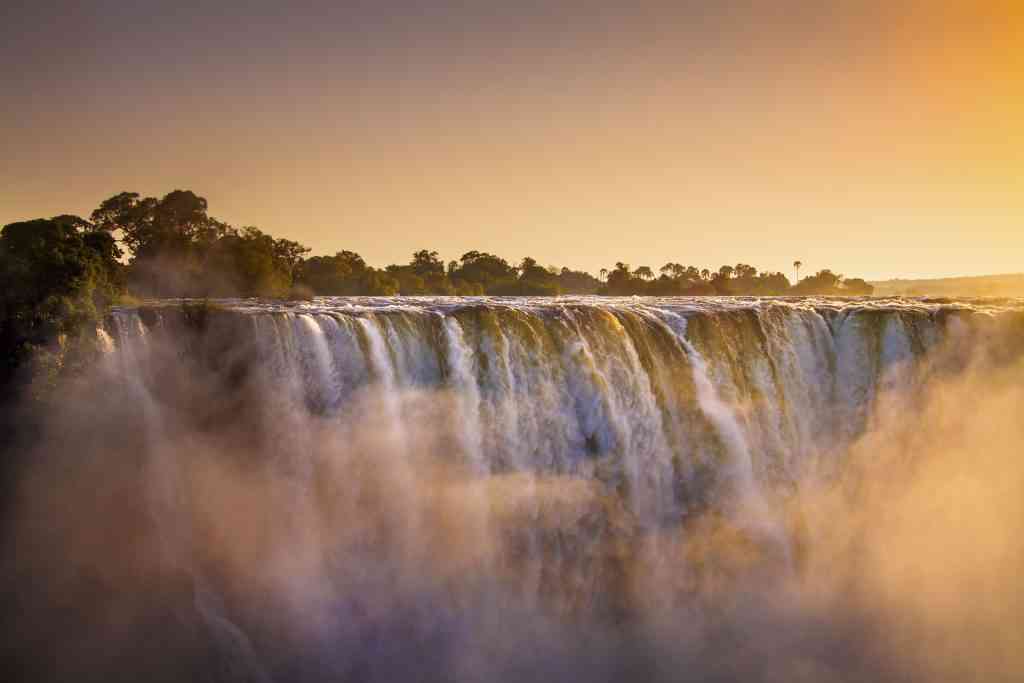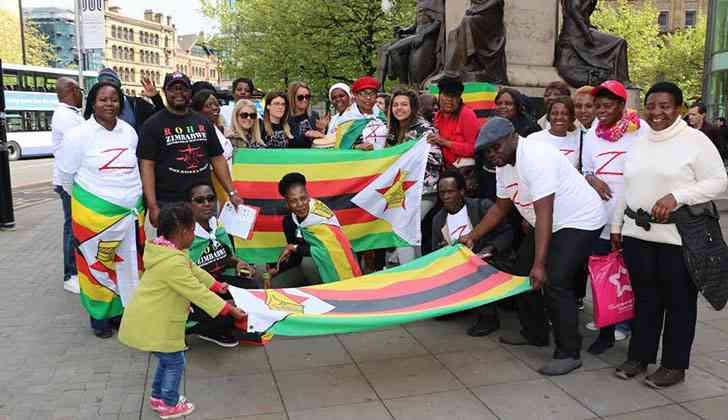
ECOLOGICAL and biodiversity resilient building efforts driven by ecotourism are emerging transformative issues that communities need to take advantage of in order to conserve and safeguard community natural ecological landscapes in the context of community biosphere reserves.
Generally, ecotourism explores the potentially-positive social and environmental benefits of ecological tourism. This can only succeed in the framework of community biosphere reserves as ingredients appealing to a wide cross-section of society, comprising environmentalists, conservationists, researchers, tourists, academia, laypersons, among others. In this regard, the essential nature of community biospheres as learning places for sustainable development, need to be respected. Community biosphere reserves do not exist in isolation but are approved by the United Nations Educational, Scientific and Cultural Organisation (Unesco) as sites for testing interdisciplinary approaches to understanding and managing changes and interventions between social and ecological systems.
Therefore, ecotourism within the embodiment of community biosphere reserves, has potential to deliver benefits to communities in remote and isolated areas. Within the exclusive support and confinement of community biosphere reserves, ecotourism places social and environmental conservation at the heart of community management and resilient building. In this regard, each community and physical location is a natural resource case, constituting ingredients of a biosphere reserve potential.
Biosphere reserves are sites or places that provide local solutions to global challenges. In this view, climate change is a global challenge, which requires local solutions like adaptation or conservation of forests, water resources, sustainable mining practices, renewable energy solutions and managing pollution, among others.
In the case of marginal environments and remote areas, biosphere-driven ecotourism promotes value chain addition to socio-ecological landscapes surrounding communities through a variety of participatory land use planning and natural resource governance. Therefore, these can only be realised if ecological and biodiversity tolerance prevail within the communities. Biodiversity and ecological landscapes constitute living and non-living, those seen with naked eyes or invisible, components described as biotic. These include the smallest creatures in the ecosystem like bird types, plant colonies and species, aquatic organisms, butterflies, all creatures great and small, among others.
To conserve and minimise the extinction of the above, avoid unsustainable human behaviour which contribute to either extinction or disappearing of these critical components which clothe and nurture the environment. Human activities like hunting, mining, cutting down trees, degrading landscapes, mining sand, black granite, are not warranted. Visitors to these essential sites should be guided by existing rules and regulations.
Within the community biosphere, grazing in pastures need to be controlled while community settlements need to be planned, organised and harmonised in terms of conservation-driven rules based on livelihood recovery options.
Broad ecosystem services in terms of conservation of forests, water resources, threatened plants and animal species, soil resources, including respecting cultural values and heritage sites, are fundamental universal ethos. Mining according to environment impact assessment guidelines need to be practised and respected. This also includes the use of exotic and non-exotic trees with regard to how they use water from the environment.
- Smuggling of gems bleeding Zim’s economy
- Erik ten Hag: Manchester United appoint Ajax boss as club’s new manager
- Zimbabwe’s smuggled gold destined for China
- Smuggling of gems bleeding Zim’s economy
Keep Reading
Wildlife species need to be protected with the aim of reducing wildlife-human conflicts caused by diminishing natural resources as a result of over exploitation and other human activities. Ecotourism management and other biosphere reserve regulations can only succeed if communities have been trained on natural resources governance, record keeping, stock taking and providing periodical feedback in order to keep the communities updated.
Encouragement of action-driven participatory land use planning behaviours by communities for ownership purposes is the way not to leave anyone behind. The objective here is not only to conserve and safeguard, but also to achieve sustainable future goals. In this discourse, the role of communication is necessary to share people’s respective insights and direction. In this regard, the grouping of laypersons need to benefit in the same manner as that of experts. This is important in avoiding messages getting lost or diluted in transit and also having comprehensive knowledge of natural resource management is key and saves lives.
In this regard, it is important to deal with ecotourism within the context of tourism types, for merit and demerit stock taking










